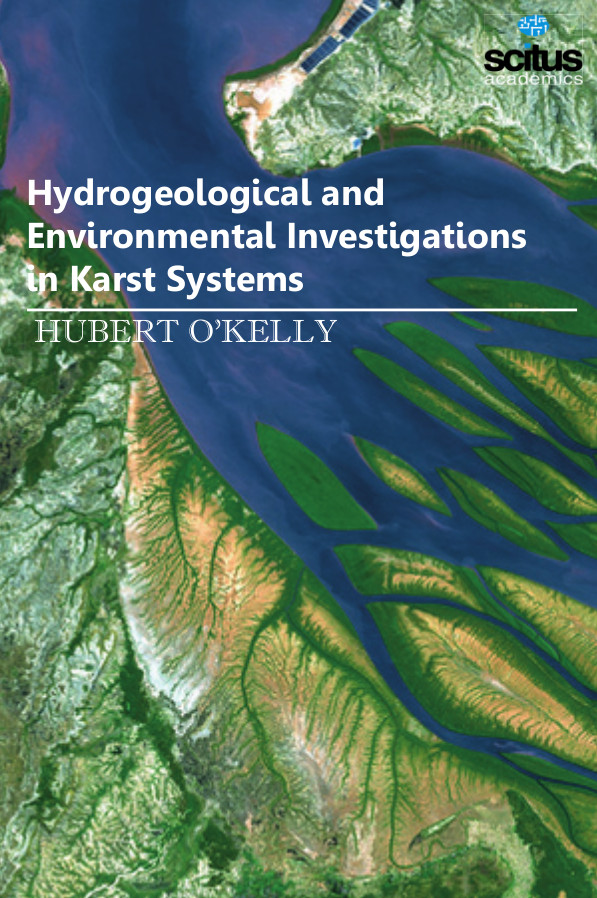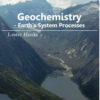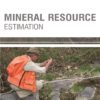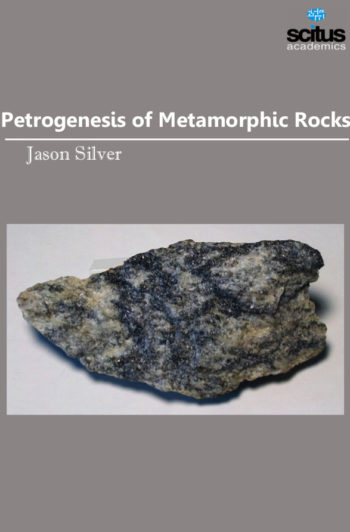Karst is a type of landscape, and also an aquifer type. Karst areas consist of solid but chemically soluble rock such as limestone (most important) and dolomite, but also gypsum, anhydrite and several other soluble rocks. It is characterized by underground drainage systems with sinkholes and caves. It has also been documented for weathering-resistant rocks, such as quartzite, given the right conditions. Subterranean drainage may limit surface water with few to no rivers or lakes. However, in regions where the dissolved bedrock is covered or confined by one or more superimposed non-soluble rock strata, distinctive karst surface developments might be totally missing. Karst aquifers are characterized by a network of conduits and caves formed by chemical dissolution, allowing for rapid and often turbulent water flow. Karst aquifers form by flowing water containing carbon dioxide which dissolves carbonate rocks. Therefore, there is a close relation between aquifer evolution, the formation of caves and groundwater flow. Hundreds of millions of people worldwide live in karst areas and are supplied by drinking water from karst aquifers. These aquifers include valuable freshwater resources, but are sometimes difficult to exploit and are almost always vulnerable to contamination, due to their specific hydrogeologic properties.
Therefore, karst aquifers require increased protection and application of specific hydrogeologic methods for their investigation. Other problems frequently encountered in karst areas include: soil erosion and rock desertification, leakages of channels and reservoirs, collapse of underground cavities and formation of sinkholes, and flooding. Resolution of these problems requires involvement of karst hydrogeology experts. The book Hydrogeological and Environmental Investigations in Karst Systems covers the topics understanding of cave and karst related processes and facilitates the translation of current discipline-specific research to an interdisciplinary readership by dealing with specific cave or karst systems. The book addresses a multidisciplinary approach involved in anthropology, archaeology, biology, chemistry, geography, geology, geomorphology, hydrogeology, paleontology, sedimentology, and all other disciplines related to speleology and karst terrains.













